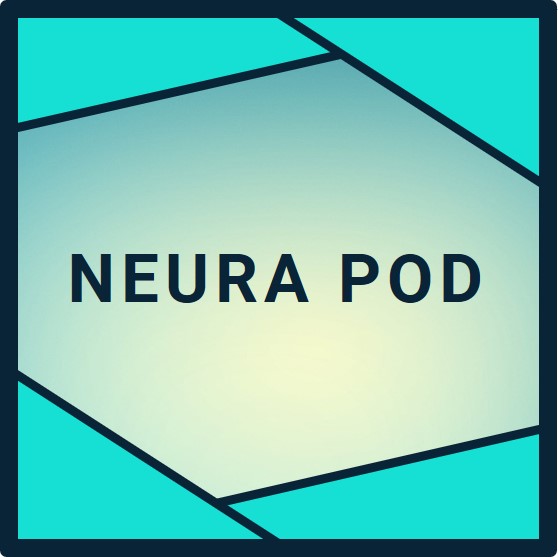- Neuralink brain data analysis captures raw electrical signals from over 1,000 electrodes in the motor cortex, processes them through spike detection and sorting, then applies machine learning decoders to convert thoughts into computer controls at up to 10 bits per second.
- The core pipeline includes on-implant amplification and wireless transmission of neural data, followed by real-time spike sorting to isolate individual neuron activity and adaptive models that handle signal changes for sustained performance.
- Insights from 2025 trials show participants achieving fluid cursor control and gaming within 15 minutes of calibration, logging 50+ hours weekly, while robotic arm control demonstrates potential for full physical restoration.
Neuralink's Brain Signal Acquisition Process
Neuralink's N1 implant records brain activity by inserting 64 ultra-flexible threads into the motor cortex, each carrying 16 electrodes for a total of 1,024 channels. These electrodes detect voltage changes from nearby neurons at a high sampling rate, capturing the raw electrical signals that represent intended movements. The implant amplifies these microvolt-level signals on-device to reduce noise before wireless transmission to a nearby computer or phone via Bluetooth.
This acquisition method provides unprecedented resolution compared to prior brain-computer interfaces, which often rely on fewer, larger electrodes. Data flows continuously, enabling real-time monitoring of neural population activity. In human trials, visibility into this activity begins moments after surgery, showing spikes as patients wake up. Elon Musk's focus on scalability ensures the system supports future expansions to 3,000 channels by 2026.
Spike Detection and Sorting: Isolating Individual Neurons
Once transmitted, raw signals undergo spike detection to identify brief voltage peaks indicating neuron firings. Neuralink's pipeline uses threshold-based detection combined with waveform analysis to flag potential spikes accurately. This step filters out noise from heartbeat, muscle activity, and implant motion.
Spike sorting follows, a critical process that clusters these detections to assign them to specific neurons. Advanced algorithms, including machine learning classifiers, analyze spike shapes and temporal patterns across channels. This yields "sorted units," clean tracks of individual neuron behavior. Neuralink achieves high sorting fidelity, essential for precise decoding, as unsorted data reduces control accuracy.
These processes run efficiently, supporting thousands of channels without overwhelming computational resources. Insights confirm stable sorting over months, with minimal thread retraction ensuring long-term data quality.
Neural Decoding Pipeline: Machine Learning Maps Thoughts to Actions
The heart of Neuralink's analysis lies in decoding, where machine learning models translate sorted spikes into user intent. For cursor control, a velocity Kalman filter predicts 2D movement from neural firing rates, smoothing outputs for natural feel. Calibration sessions, now under 15 minutes, train models by correlating imagined movements with on-screen feedback.
Models adapt to non-stationarity, where neural signals evolve as users learn. Reinforcement learning optimizes decoders in simulations before real-world deployment, maximizing bits per second (BPS), a key metric of information transfer rate. Participants reach 7 BPS on day one, approaching the 10 BPS median of able-bodied mouse users.
For advanced tasks, decoders handle multi-dimensional control. Gaming maps signals to joysticks, enabling first-person shooters. Speech decoding, in trials, reconstructs phonemes from cortical activity. Robotic arm control, as shown by participant Alex, extends to physical actions.
Key Insights from 2025 Human Trials
2025 data reveals the brain's immense bandwidth. PRIME Study participants average 50 hours weekly of independent use, peaking over 100 hours, far exceeding prior BCIs. UK patient Paul controlled computers hours post-surgery, playing games like Dawn of War.
Webgrid benchmarks show consistent high performance. Robotic trials via CONVOY Study demonstrate cross-enrollment for physical restoration. Insights highlight brain plasticity: users refine signals over time, boosting efficiency.
No device-related issues impair data quality, validating biocompatibility. Elon Musk notes upgrades like dual implants will surpass human reaction speeds in gaming.
Simulations and Elon's Vision for Scalable Analysis
Neuralink employs brain simulators modeling motor cortex activity to train decoders offline. Reinforcement learning agents maximize BPS in virtual environments, transferring to live implants. Pager the monkey used simulation-trained models for real targets.
Future plans target 25,000 channels per implant by 2028, gigabit bandwidth, and whole-brain coverage. Integration with xAI tools will enable thought-based queries. Elon Musk drives this toward restoring full autonomy, from digital to physical, for millions.
TL;DR
Neuralink's brain data analysis pipeline turns raw motor cortex signals into actionable controls via spike sorting, ML decoding, and adaptive calibration, delivering 7-10 BPS for seamless interaction. 2025 trials yield insights like 50+ hours weekly use, robotic arm mastery, and 15-minute setup, proving high-bandwidth viability. Under Elon Musk's guidance, simulators accelerate progress toward multi-implant systems restoring vision, speech, and mobility by 2028, empowering paralyzed individuals with superhuman digital and physical capabilities.

